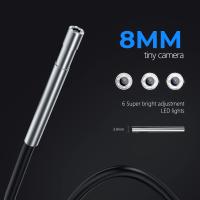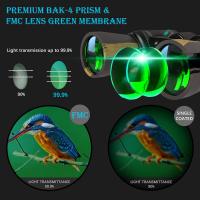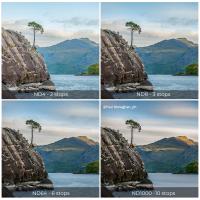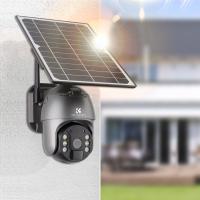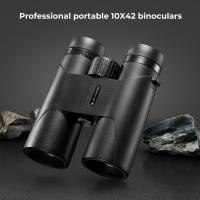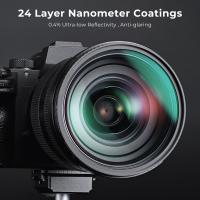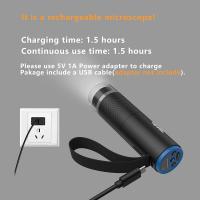What Is A Camera Filter ?
A camera filter is an optical accessory that is placed in front of a camera lens to modify or enhance the captured image. Filters can be made of glass or resin and come in various shapes and sizes to fit different lenses. They are used to achieve different effects or to correct certain aspects of the image. Common types of camera filters include UV filters, polarizing filters, neutral density filters, and color filters. UV filters are primarily used to protect the lens from scratches, dust, and moisture. Polarizing filters help reduce glare and improve color saturation, especially when photographing landscapes or water scenes. Neutral density filters reduce the amount of light entering the lens, allowing for longer exposures or wider apertures in bright conditions. Color filters are used to alter the color balance of the image or create artistic effects.
1、 Types of camera filters: UV, polarizing, neutral density, color correction.
A camera filter is an optical accessory that is placed in front of the camera lens to modify or enhance the image being captured. It is used to alter the light entering the camera, resulting in various effects or corrections. Camera filters come in different types, each serving a specific purpose.
One common type of camera filter is the UV filter. It is primarily used to reduce the ultraviolet light that reaches the camera sensor, resulting in clearer and sharper images. UV filters also act as a protective layer for the lens, shielding it from scratches, dust, and moisture.
Another popular type is the polarizing filter. It helps to reduce glare and reflections from non-metallic surfaces, such as water or glass. By selectively blocking certain light waves, a polarizing filter can enhance color saturation and contrast, resulting in more vibrant and dramatic images.
Neutral density (ND) filters are used to reduce the amount of light entering the camera without affecting the color balance. They are particularly useful in situations where a slower shutter speed or wider aperture is desired, such as capturing motion blur or achieving a shallow depth of field in bright conditions.
Color correction filters are used to adjust the color temperature of the light source, ensuring accurate color reproduction in different lighting conditions. They can be used to correct for the warm tones of incandescent lighting or the cool tones of fluorescent lighting, resulting in more natural-looking images.
It is worth noting that with advancements in digital photography and post-processing software, some photographers argue that the need for physical camera filters has diminished. While this may be true to some extent, camera filters still offer certain advantages, such as protecting the lens and achieving specific effects in-camera without relying heavily on post-processing. Ultimately, the use of camera filters depends on the photographer's preferences and the desired outcome.
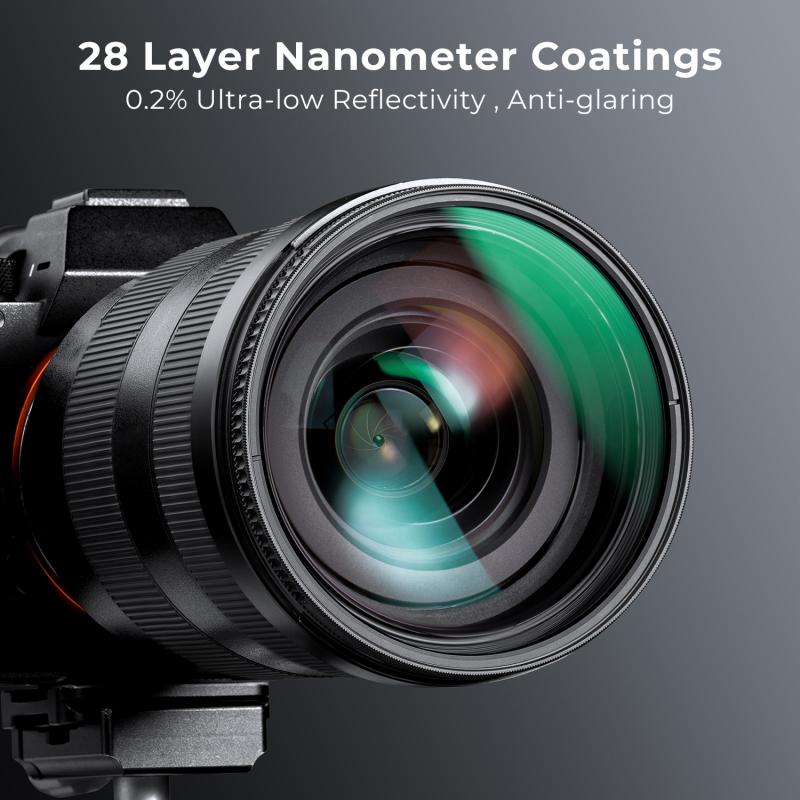
2、 Functions of camera filters: enhancing colors, reducing glare, adding effects.
A camera filter is an accessory that is placed in front of the camera lens to modify the image being captured. It is used to alter the light entering the camera, resulting in various effects and enhancements. Camera filters have been used for many years in photography and are now also commonly used in smartphone cameras.
The primary function of camera filters is to enhance colors. Filters such as polarizing filters can reduce reflections and glare, resulting in more vibrant and saturated colors. These filters are particularly useful when photographing landscapes or scenes with water or glass.
Another important function of camera filters is to reduce glare. Glare can be caused by direct sunlight or bright artificial lights, and it can wash out details and create unwanted reflections. Filters like neutral density filters or graduated neutral density filters can help reduce glare and balance the exposure in high contrast scenes.
Camera filters also allow photographers to add creative effects to their images. For example, a UV filter can reduce haze and improve the overall sharpness of the image. A soft focus filter can create a dreamy and romantic effect, while a star filter can add a sparkling effect to light sources.
In recent years, with the rise of social media and photo-sharing platforms, camera filters have gained even more popularity. Many smartphone camera apps now offer a wide range of filters that can be applied in real-time or during post-processing. These filters allow users to instantly enhance their photos and add unique effects without the need for additional accessories.
In conclusion, camera filters play a crucial role in photography by enhancing colors, reducing glare, and adding creative effects. They are essential tools for photographers to capture stunning images and express their artistic vision. With the advancements in technology, camera filters have become more accessible and versatile, allowing photographers of all levels to experiment and create visually captivating photographs.
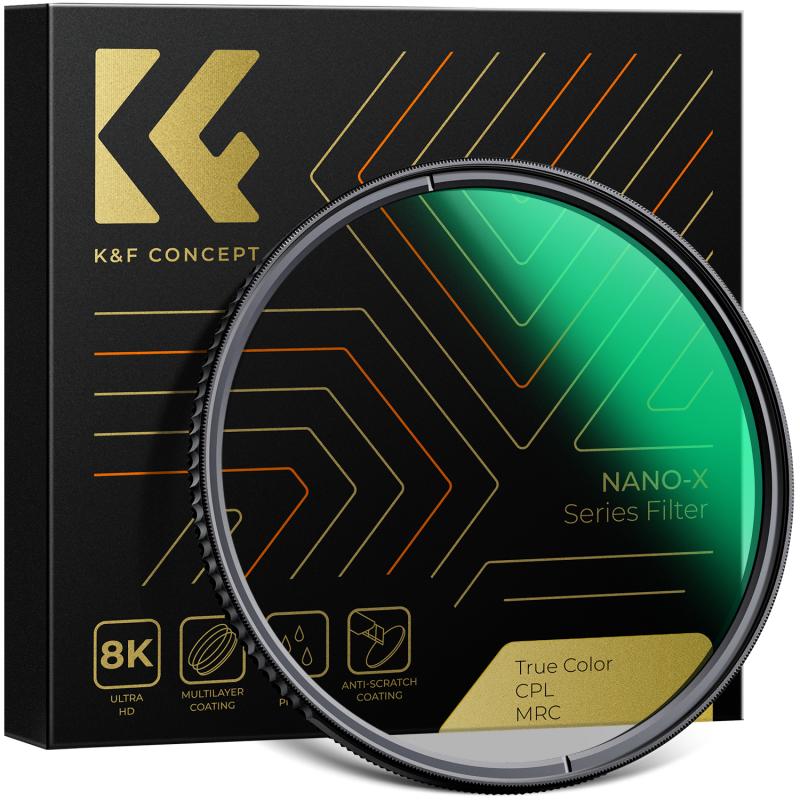
3、 Popular camera filter brands: B+W, Hoya, Tiffen, Lee Filters.
A camera filter is an accessory that is placed in front of the camera lens to alter or enhance the image being captured. It is used to modify the light entering the camera, resulting in various effects on the final photograph. Camera filters can be made of glass or resin and come in different shapes and sizes to fit different lenses.
Filters can serve different purposes, such as reducing glare and reflections, enhancing colors, adding special effects, or correcting exposure. For example, a polarizing filter can reduce reflections from non-metallic surfaces and increase color saturation, while a neutral density filter can reduce the amount of light entering the camera, allowing for longer exposures or wider apertures in bright conditions.
When it comes to popular camera filter brands, B+W, Hoya, Tiffen, and Lee Filters are well-known names in the industry. These brands offer a wide range of filters with different features and qualities to cater to the needs of photographers. B+W filters are known for their high-quality glass and precise manufacturing, while Hoya filters are praised for their affordability and durability. Tiffen filters are popular for their extensive range of options, including special effects filters, and Lee Filters are renowned for their high-end square filter systems.
It is worth noting that the popularity of camera filters has evolved with the advancement of digital photography. With the ability to apply filters and effects in post-processing software, some photographers may opt for digital filters instead of physical ones. However, camera filters still hold their value for photographers who prefer to capture the desired effect directly in-camera, saving time and effort in post-processing.
In conclusion, camera filters are essential tools for photographers to manipulate light and achieve desired effects in their photographs. Popular brands like B+W, Hoya, Tiffen, and Lee Filters offer a wide range of options to cater to different needs and preferences. While digital filters have gained popularity, physical camera filters still hold their value for photographers who prefer to capture effects directly in-camera.
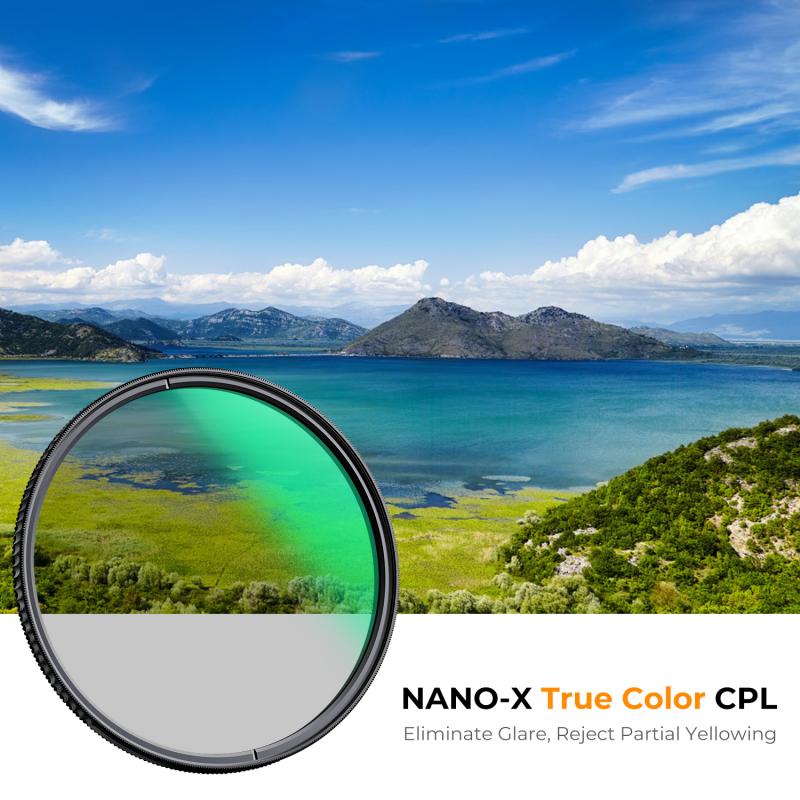
4、 How to choose the right camera filter for your needs.
A camera filter is an accessory that is placed in front of the camera lens to alter the way light enters the camera and affects the image. It is used to enhance or modify the colors, contrast, and overall appearance of the photograph. Camera filters come in various types and are made from different materials, each serving a specific purpose.
To choose the right camera filter for your needs, there are a few factors to consider. Firstly, determine the effect you want to achieve. For example, a UV filter is commonly used to reduce haze and protect the lens, while a polarizing filter can enhance colors and reduce reflections. Additionally, neutral density filters are useful for controlling exposure in bright conditions, and graduated filters can balance the exposure between the sky and the foreground.
Consider the size of your camera lens and ensure that the filter you choose is compatible. It is also important to invest in high-quality filters to maintain the image quality. Look for filters made from optical glass or high-quality resin to minimize any potential loss of sharpness or distortion.
Lastly, keep in mind the latest advancements in camera technology. With the rise of digital photography, some filters can now be emulated through post-processing software. However, certain effects, such as polarizing or neutral density, are still best achieved using physical filters.
In conclusion, understanding the purpose of camera filters and considering factors such as desired effect, compatibility, and quality will help you choose the right camera filter for your needs. Stay updated with the latest advancements in technology to make informed decisions about whether to invest in physical filters or explore digital alternatives.
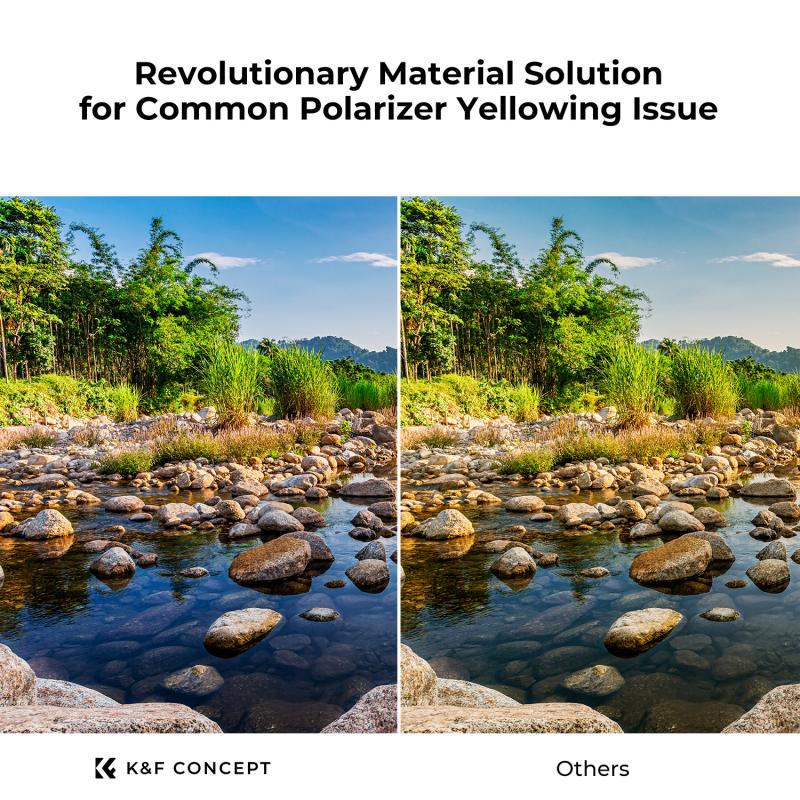



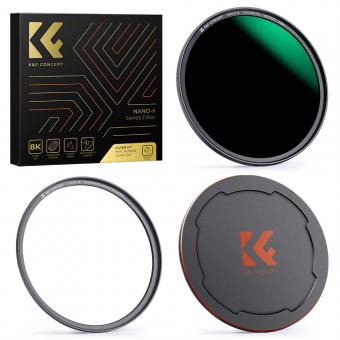



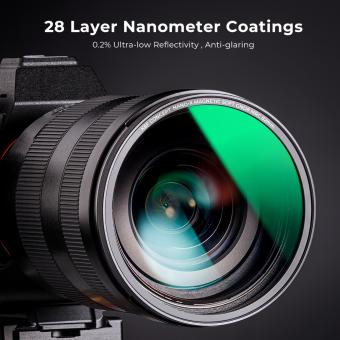
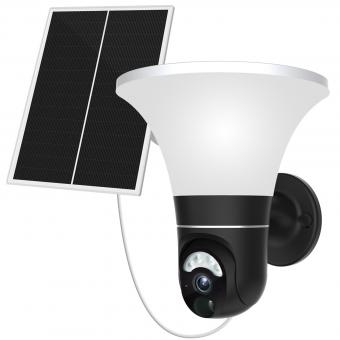

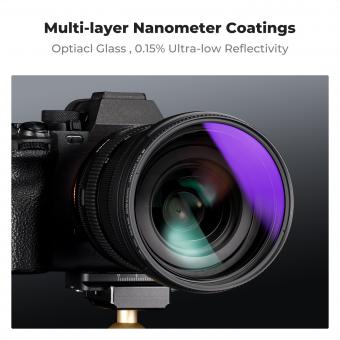
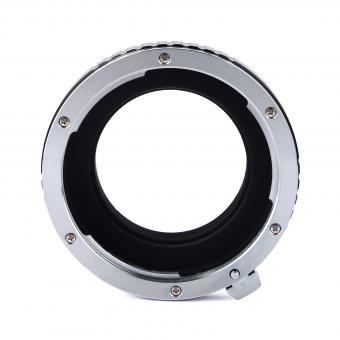


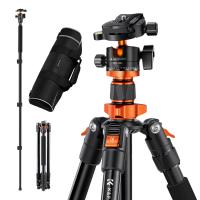
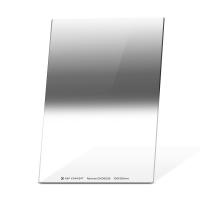
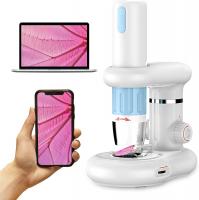
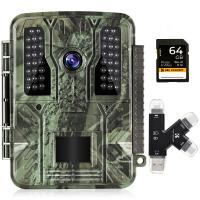



-200x200.jpg)

